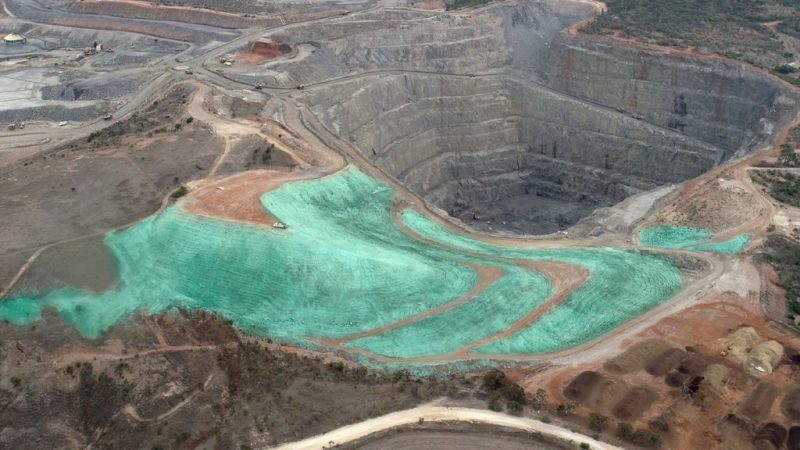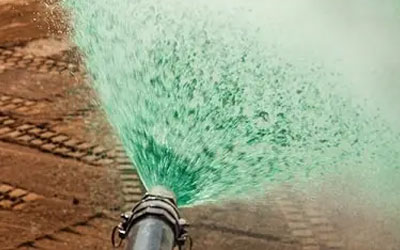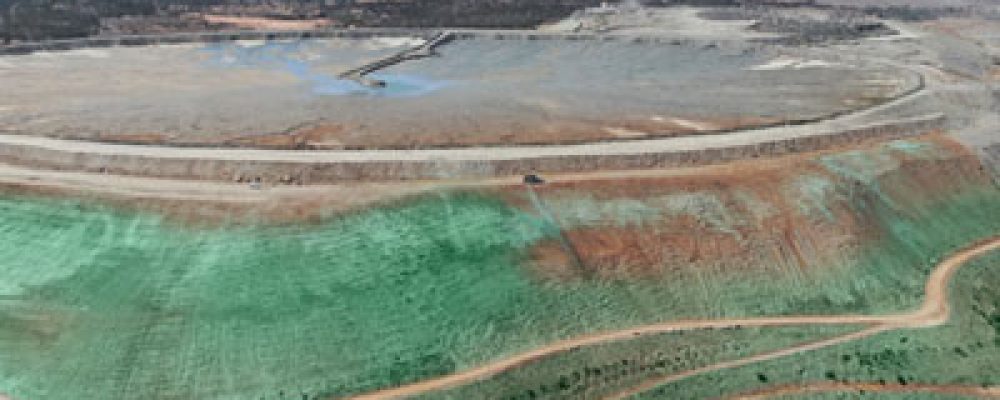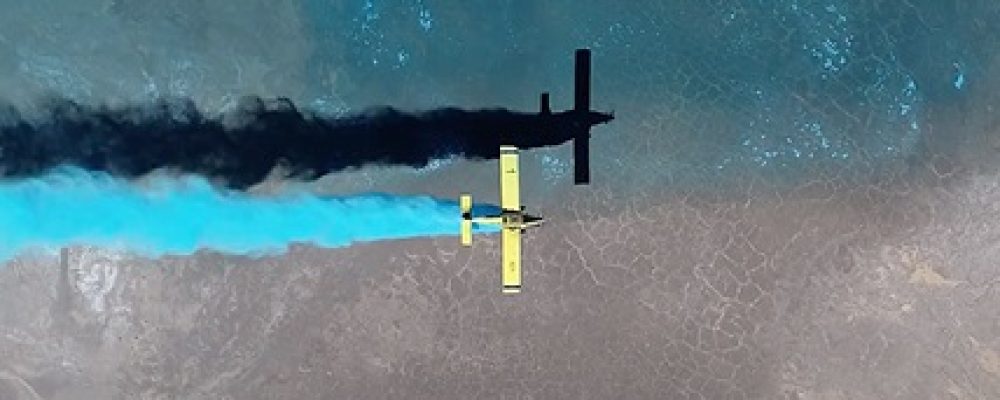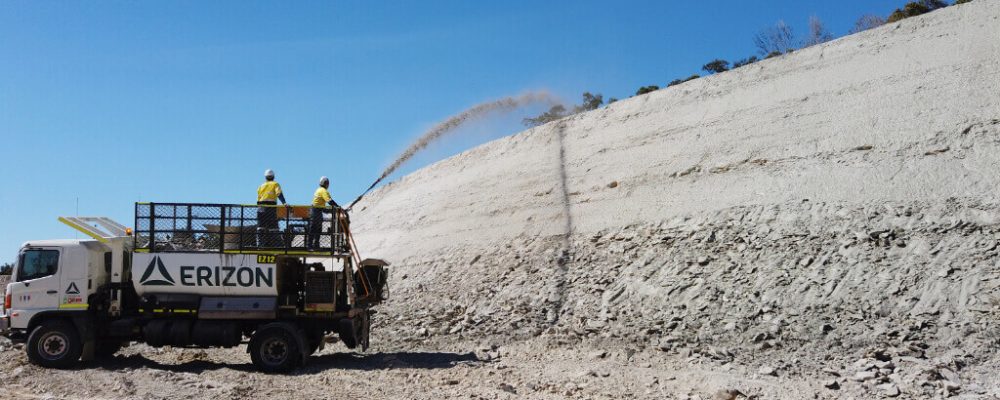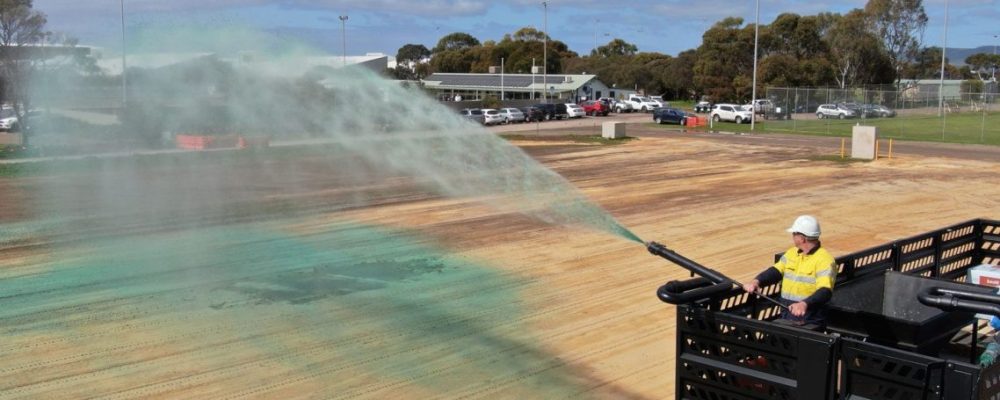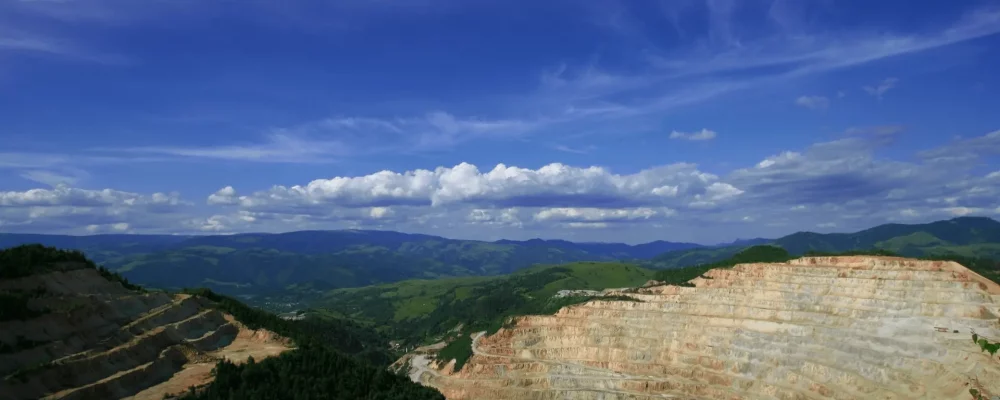Carbon sequestration, a term that has increasingly found its way into conversations about climate change and environmental sustainability, refers to the process of capturing and storing atmospheric carbon dioxide (CO2). It is one of the most promising ways to reduce the buildup of greenhouse gases in the atmosphere, thereby helping to mitigate the effects of climate change.
This natural or artificial process can significantly contribute to the sustainability of communities and the preservation of the environment by capturing CO2 from the atmosphere and storing it in a solid or liquid form. This article will explore the concept of carbon sequestration and its benefits in detail.
What Is Soil Carbon Sequestration (CS) or Carbon Farming?
Carbon sequestration (CS), often referred to as carbon farming, is a process that involves transferring CO2 from the atmosphere into the soil through crop residues and other organic solids. This method not only helps in mitigating the increase of atmospheric CO2 but also enhances soil fertility and agricultural productivity.
Carbon sequestration methods can be categorised into three main types: biological, geological and technological. They each play a unique role in the fight against climate change.
Biological Carbon Sequestration
Biological carbon sequestration is a natural process that plays a crucial role in the Earth’s carbon cycle. It involves the absorption of CO2 from the atmosphere through photosynthesis and the storage of carbon in the biomass of living organisms and the earth itself. Plants, algae and cyanobacteria take in CO2 and convert it into organic carbon, part of which is then transferred to the soil when plants die and decompose. This process effectively removes CO2 from the atmosphere, storing it in forms that are less immediately harmful to our climate.
Soil
The soil is a major carbon storage, or sink, capable of holding three times as much carbon as the atmosphere and four times as much as all living plants and animals. This is mainly due to the vast amount of organic matter that soils contain, including decaying plant and animal matter, which, when decomposed by soil organisms, turns into soil organic carbon.
Ocean
Oceans are the largest carbon sink in the world, absorbing about a quarter of CO2 emissions produced by human activities. Phytoplankton, microscopic plants that live in the sunlit upper ocean layers, play a significant role in the biological carbon pump. Through photosynthesis, they convert CO2 into organic carbon, much of which sinks to the deeper ocean as these plants die or are consumed. Although the ocean is a crucial buffer against climate change, its capacity to absorb CO2 is affected by increasing CO2 levels, leading to ocean acidification that can harm marine life.
Forests and Grasslands
Forests and grasslands are also vital components of the Earth’s biological carbon sequestration efforts, serving as significant carbon sinks. Trees and plants in these ecosystems absorb CO2 during photosynthesis, incorporating carbon into their biomass and, by extension, the soil. Mature forests, in particular, are highly efficient at carbon storage, holding carbon in trees, undergrowth and soil. Similarly, grasslands contribute to carbon sequestration through the dense root systems of grasses, which store carbon below ground. Protecting existing forests, restoring deforested areas and promoting sustainable forestry and grassland management practices are essential strategies for enhancing their carbon storage capacity.
Geological Carbon Sequestration
Geological carbon sequestration involves the long-term storage of CO2 in underground geological formations. This method primarily targets the reduction of atmospheric CO2 levels by capturing CO2 emissions from sources like power plants and industrial facilities before they are released into the atmosphere. The captured CO2 is then compressed into a liquid form and injected into porous rock formations deep beneath the Earth’s surface, often more than a kilometre deep, where it can be securely stored for thousands of years.
The process capitalises on the Earth’s natural geological features, such as depleted oil and gas fields or deep saline aquifers, as repositories for storing CO2. These geological formations are typically capped by a layer of impermeable rock that acts as a natural seal, preventing the stored CO2 from escaping back into the atmosphere. Over time, the injected CO2 undergoes a series of chemical reactions with the surrounding rock, further enhancing the security of its storage. For example, in some cases, CO2 reacts with minerals in the rock to form stable carbonates, effectively locking the carbon away in solid form.
One of the most publicised projects demonstrating the potential of geological CS is the Sleipner project in the North Sea, where CO2 has been injected into a deep saline aquifer since 1996. This project has shown that geological CS can be done safely and effectively, with continuous monitoring to ensure the integrity of the storage site and that there is no leakage of CO2 back into the atmosphere.
Technological Carbon Sequestration
Technological carbon sequestration refers to a set of cutting-edge methods aimed at directly capturing and storing CO2 from the atmosphere using advanced technologies. Unlike biological and geological strategies, which leverage natural processes, technological CS employs engineering solutions to tackle the challenge of climate change. These solutions are designed to actively remove CO2 from the air or prevent its emission, complementing natural sequestration efforts and contributing to global carbon reduction targets.
Engineering of Molecules
The engineering of molecules for carbon capture is at the forefront of scientific research in the battle against climate change. This approach involves designing and developing molecules with the specific capability to capture and bind CO2. Scientists are focusing on creating adsorbents and membranes with high selectivity for CO2, which could be used in a variety of applications, from industrial emission reduction to direct air capture systems. The efficiency and scalability of these molecular technologies are critical for their future application in global carbon management strategies.
Producing Graphene
Graphene, a single layer of carbon atoms arranged in a two-dimensional honeycomb lattice, shows promise in the field of carbon capture and storage due to its unique properties, including high surface area, strength and conductivity. Research is increasingly exploring how graphene can be derived from CO2, offering a dual benefit—reducing atmospheric CO2 and creating valuable graphene for use in electronics, materials science and energy storage. This innovative approach not only contributes to carbon sequestration but also opens up new pathways for utilising captured carbon in manufacturing and industry.
Direct Air Capture (DAC)
Direct air capture (DAC) is a technology that allows CO2 to be captured directly from the atmosphere at any location, not just at the point of emission. This method uses chemical processes to extract CO2, which can then be stored underground or utilised in products such as carbon-neutral fuels, carbonated beverages and even in the creation of construction materials. DAC is particularly compelling because it offers a solution to remove the CO2 already in the atmosphere, not just prevent new emissions. However, the technology is in its early stages and requires significant energy input, with ongoing research aimed at increasing its efficiency and reducing costs.
How Does Carbon Farming Help the Environment?
By capturing and securely storing carbon, CS strategies help to mitigate the impact of climate change. This not only slows global warming but also contributes to the preservation of biodiversity, protects ecosystems and ensures the sustainability of our planet for future generations. Furthermore, the implementation of CS practices can enhance soil health, increase agricultural productivity and restore degraded landscapes, thereby supporting both environmental health and human well-being.
Integration of Technology and Sustainability at Erizon
The integration of technology and sustainability is the core of Erizon’s vision and values, enabling companies to achieve their environmental and sustainability goals. Our processes and solutions are designed to minimise environmental impact. We offer a range of services that support carbon farming, from soil remediation and revegetation to dust suppression and erosion control solutions.
Here are ways we are committed to using technology for sustainability:
- Revegetation: Mitigates erosion, combats land degradation, stabilises slopes with root reinforcement and fosters biodiversity and habitats for various animal species.
- Erosion control: Our erosion control solutions are tailored to endure Australia’s toughest climates. They have the ability to stabilise various surfaces and adhere to the substrate rapidly, ensuring prompt erosion control.
- Dust suppression: Our cutting-edge dust suppression tech saves water, minimises site activity and project management costs, while delivering superior dust control results.
- Mine rehabilitation: By prioritising revegetation with suitable plants that enhance existing ecosystems, the industry can meet environmental remediation needs effectively. We excel in establishing a healthy soil profile that sustains native vegetation during restoration.
Going Green Means Maximising Efficiency Through Sustainable Practices
Achieving sustainability in operations isn’t just about adopting greener practices; it’s about contributing meaningfully to the environment. By integrating innovative technologies and sustainable methods, companies can significantly reduce their carbon footprints, foster biodiversity and ensure the health of our planet for future generations.
Sustainability in operations goes beyond mere compliance with regulations or striving for operational efficiency; it reflects a deep-seated commitment to preserving the world we live in. Every step taken towards sustainability is a step towards a more secure, healthier and equitable planet for all.
Start your journey towards sustainable operations today with eco-friendly solutions. Embrace efficiency, cost-effectiveness and environmental responsibility. Find out why you should partner with us today!
